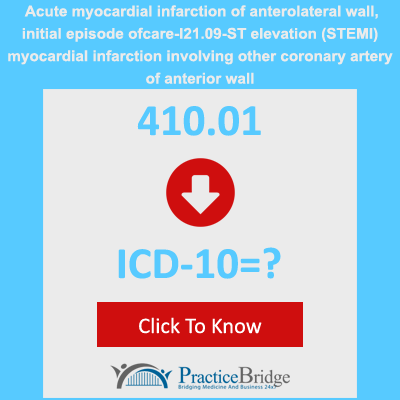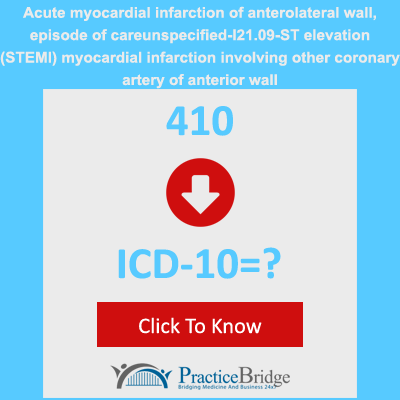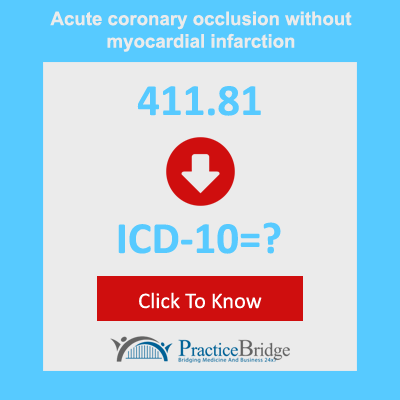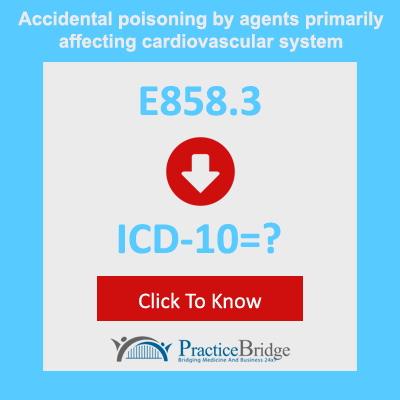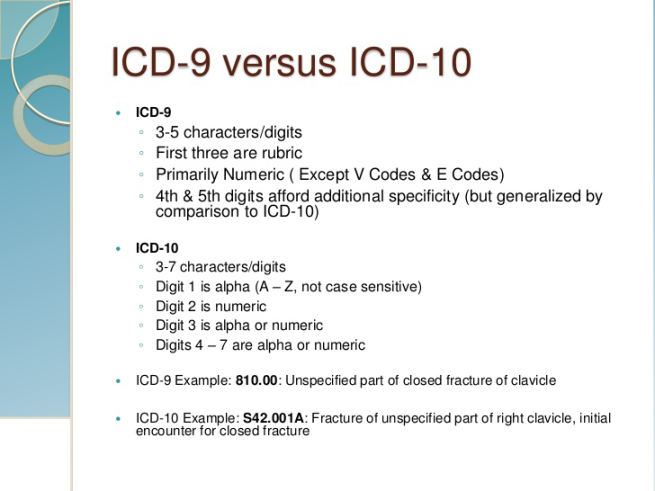What Is ICD-9 And ICD-10?
ICD-9
The ICD-9 was published by the WHO in 1977. At this time, the National Center for Health Statistics created an extension of it so the system could be used for morbidity as well as mortality. This extension was called “ICD-9-CM”, with the CM standing for “Clinical Modification”.
There are three volumes of the ICD-9-CM:
- Volumes 1 and 2 contain diagnosis codes. (Volume 1 is a tabular listing, and volume 2 is an index.)
- Volume 3 contains procedure codes.
ICD-10
Work on ICD-10 began in 1983 and was completed in 1992.
Adoption was relatively swift in most of the world, but not in the United States. Since 1988, the USA had required ICD-9-CM codes for Medicare and Medicaid claims, and most of the rest of the American medical industry followed suit.
On January 1, 1999, the ICD-10 (without clinical extensions) was adopted for reporting mortality, but ICD-9-CM was still used for morbidity. Meanwhile, NCHS received permission from the WHO to create a clinical modification of the ICD 9 to ICD-10 convert Tool, and has produced drafts of the following two systems:
ICD-10-CM, for diagnosis codes, is intended to replace volumes 1 and 2. A draft was completed in 2003.
ICD-10-PCS, for procedure codes, is intended to replace volume 3. A final draft was completed in 2000.
However, neither of these systems is currently in place. There is not yet an anticipated implementation date to phase out the use of ICD-9-CM. There will be a two year implementation window once the final notice to implement has been published in the Federal Register. [3]. A detailed timeline is provided here.
Other countries have created their own extensions to ICD-10. For example, Australia introduced their first edition of “ICD-10-AM” in 1998, and Canada introduced “ICD-10-CA” in 2000.
Resource: http:// www. medical-billing-coding.org
